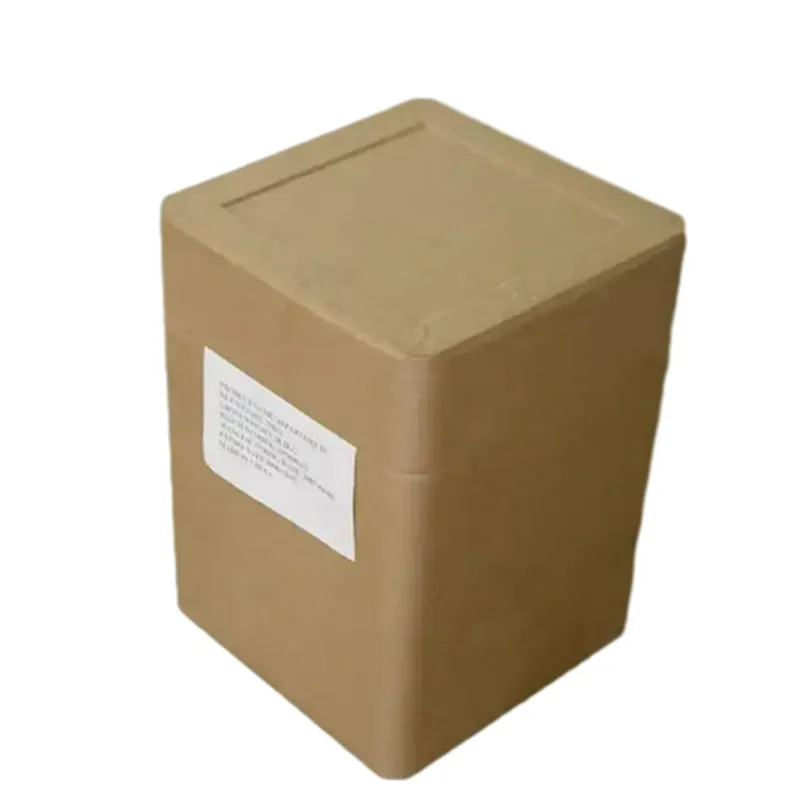
sodium metabisulfite
Sodium Metabisulfite An Overview
Sodium metabisulfite (Na2S2O5) is a white crystalline powder known for its versatility and effectiveness in various applications, primarily in the food and beverage industry, as well as in water treatment, photography, and pharmaceutical manufacturing. It is a sodium salt of bisulfite and is a widely used sulfiting agent that serves multiple purposes due to its antioxidant properties and its ability to act as a disinfectant.
Chemical Properties and Structure
Sodium metabisulfite has the chemical formula Na2S2O5 and consists of two sodium ions and one metabisulfite ion (S2O5) double. It is usually supplied as a white powder or granular material, highly soluble in water. Upon dissolution, it releases bisulfite ions (HSO3^-), which are responsible for its chemical reactivity. Its molecular weight is approximately 190.11 g/mol, and it has a melting point of around 150°C (302°F). Sodium metabisulfite is stable under ordinary conditions but can decompose when exposed to heat or strong acids, releasing sulfur dioxide (SO2).
Applications in Food and Beverage Industry
In the food industry, sodium metabisulfite is commonly used as a preservative and antioxidant. It prevents browning and spoilage in fruits and vegetables by inhibiting the enzymatic reactions that lead to discoloration. This compound is particularly favored for preserving dried fruits, preventing them from turning brown and maintaining their vibrant color. It is also used in winemaking to sanitize equipment and inhibit the growth of undesirable microorganisms.
Moreover, sodium metabisulfite is employed in the production of various alcoholic beverages. It acts as a sterilizing agent during the fermentation process, ensuring that wild yeasts and bacteria do not spoil the wine or beer. It helps to stabilize wines, allowing them to be aged and stored for longer periods without significant loss of quality.
Industrial and Photography Uses
sodium metabisulfite

Beyond its applications in food, sodium metabisulfite plays a crucial role in industrial processes. It is used in water treatment facilities to remove chlorine from drinking water, ensuring safety and palatability. Additionally, it finds use in the textile industry for bleaching and as a reducing agent in dyes and pigments.
In photography, sodium metabisulfite serves as a critical agent in film development, functioning as a preservative for photographic solutions. It helps to stabilize silver halides during the development process and is also utilized in the printing of photographs.
Health and Safety Considerations
While sodium metabisulfite is deemed safe for use in food products at regulated levels, it can cause allergic reactions in some individuals, particularly those with asthma. Symptoms may include respiratory issues, skin irritation, and other allergic reactions. As a result, food products containing sodium metabisulfite must be labeled accordingly to inform consumers.
It is essential to handle sodium metabisulfite with care. Exposure to large quantities can lead to health hazards, including irritation to the eyes, skin, and respiratory tract. In industrial settings, adequate ventilation, protective clothing, and safety goggles should be used to minimize exposure risks.
Conclusion
Sodium metabisulfite is an invaluable compound in various sectors, from food preservation to industrial applications. Its ability to inhibit spoilage and maintain product quality makes it a popular choice in the food and beverage industry. However, awareness of potential allergic reactions and necessary safety precautions is crucial for its safe use. As consumers become more conscious of food additives and their effects, understanding the roles of compounds like sodium metabisulfite will help ensure informed decision-making when choosing products for consumption or industrial use. As research continues, we may discover even more applications and benefits of this versatile compound in the future.
-
Why Glacial Acetic Acid Food Grade Is Essential in FlavorNewsMay.26,2025
-
Surging Export Growth of Food Additives in ChinaNewsMay.26,2025
-
How Ammonium Nitrate Fertilizer Boosts Crop YieldsNewsMay.26,2025
-
How 1,2,3-Benzotriazole Shields Plastics from UV DegradationNewsMay.26,2025
-
Cyanide in Gold Mining: Protecting People and the PlanetNewsMay.26,2025
-
Aluminum Hydroxide in Modern Sunscreen FormulationsNewsMay.26,2025
-
Understanding Synthetic Rubber OptionsNewsApr.27,2025
Hebei Tenger Chemical Technology Co., Ltd. focuses on the chemical industry and is committed to the export service of chemical raw materials.
-

view more DiethanolisopropanolamineIn the ever-growing field of chemical solutions, diethanolisopropanolamine (DEIPA) stands out as a versatile and important compound. Due to its unique chemical structure and properties, DEIPA is of interest to various industries including construction, personal care, and agriculture. -

view more TriisopropanolamineTriisopropanolamine (TIPA) alkanol amine substance, is a kind of alcohol amine compound with amino and alcohol hydroxyl, and because of its molecules contains both amino and hydroxyl. -

view more Tetramethyl Thiuram DisulfideTetramethyl thiuram disulfide, also known as TMTD, is a white to light-yellow powder with a distinct sulfur-like odor. It is soluble in organic solvents such as benzene, acetone, and ethyl acetate, making it highly versatile for use in different formulations. TMTD is known for its excellent vulcanization acceleration properties, which makes it a key ingredient in the production of rubber products. Additionally, it acts as an effective fungicide and bactericide, making it valuable in agricultural applications. Its high purity and stability ensure consistent performance, making it a preferred choice for manufacturers across various industries.











